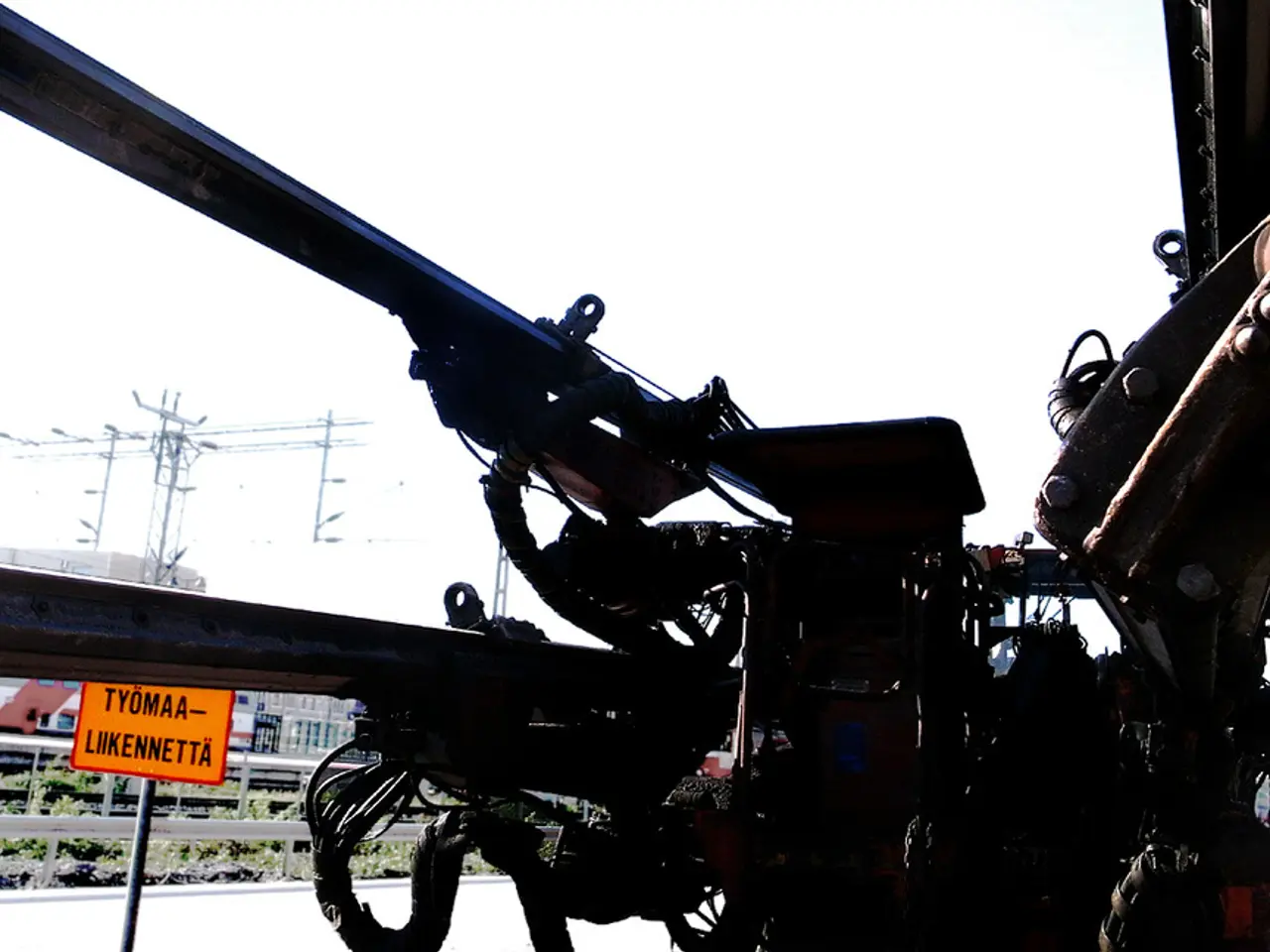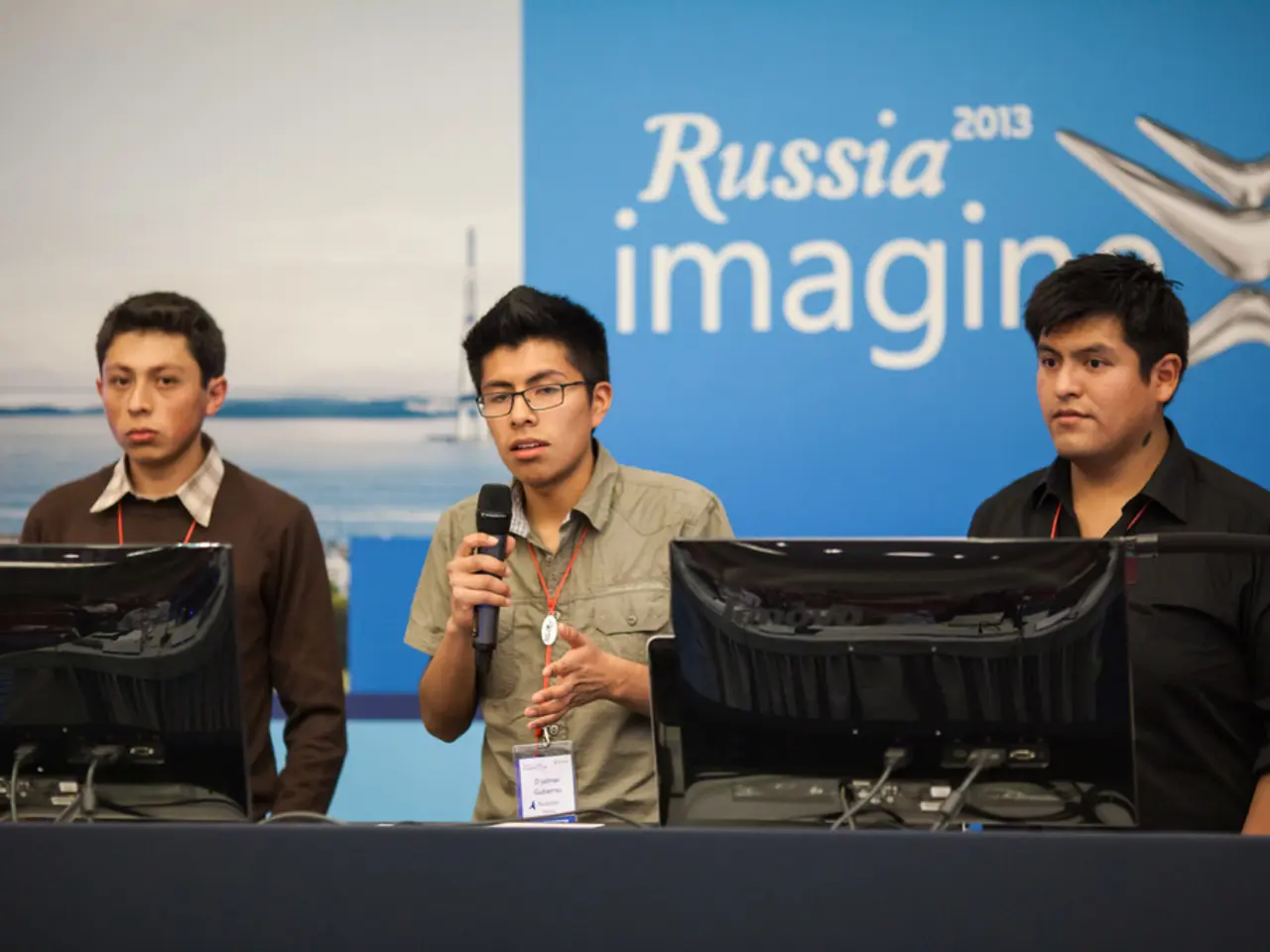Power providers and data center operators aim for adaptable energy solutions to ensure robustness and sustainability.
AI Data Centers in the U.S. Embrace Smarter, Greener Energy Solutions
The landscape of power management for Artificial Intelligence (AI) data centers in the United States is undergoing a significant transformation. This transformation is driven by the escalating energy demands, grid impacts, and rising power costs that the AI data center industry presents.
AI-Enabled Energy Efficiency
To address these challenges, AI software is being actively employed within data centers to monitor, analyze, and optimize electricity consumption in real-time. By identifying inefficiencies and adjusting operational parameters, AI helps reduce energy usage. Furthermore, AI is redesigning data center components, such as chips, to improve performance-per-watt and enable more efficient cooling techniques, like advanced liquid cooling.
Grid Impact and Infrastructure Pressure
AI data centers currently consume a growing share of U.S. electricity, with over 4% being consumed as of 2024. As these data centers grow larger and more power-intensive, they strain existing grid infrastructure. The typical data center power needs have increased from around 30 MW several years ago to 200 MW today, with expectations of 250-400 MW median sizes by 2030-2035, approaching the scale of power plants.
Microgrids and Legislation
In response to these challenges, states like West Virginia have passed laws to promote certified microgrid programs tailored for powering high-end data center campuses. These microgrids facilitate rapid permitting and an "all of the above" energy development approach, including coal, natural gas, and renewables, aiming to provide resilient, local power supply and alleviate grid congestion.
Onsite Renewables and Clean Energy Contracts
Tech companies are major corporate purchasers of renewables, entering large power purchase agreements to fund wind and solar farms. Growing attention is also given to advanced geothermal, small modular nuclear reactors, and reusing waste heat to improve sustainability. Some data centers are exploring onsite renewable generation combined with microgrids to ensure cleaner, more reliable power.
Integrated Power Solutions
Engineering firms are providing expertise to connect data centers to the grid reliably while developing "behind the meter" solutions that include onsite generation and energy storage to help balance load and reduce peak grid demand.
Addressing Voltage Fluctuations and Grid Impacts
To operate more reliably with fewer impacts on nearby utility customers and the grid as a whole, FlexGen and Rosendin have partnered to develop a battery-based solution. This solution is designed to help AI data centers manage their power consumption more effectively, reducing voltage fluctuations that can damage sensitive equipment and nearby commercial and consumer equipment.
The Future of AI Data Centers
By 2030, AI data centers could consume 33.8 gigawatts of power, which is approximately 3% of the country's generating capacity. To tackle this challenge, data centers are adopting integrated power solutions, such as AI-driven optimization, microgrid-enabled local power generation, and large-scale renewable power purchase agreements. However, the rapid expansion and power intensity of AI workloads mean the energy system faces significant capacity and infrastructure challenges in the near term, making innovation and investment essential.
[1] [Source] [2] [Source] [3] [Source] [4] [Source] [5] [Source]
- Employing AI software in data centers to optimize electricity consumption in real-time is a key strategy for enhancing energy efficiency.
- In response to the increasing grid impact and infrastructure pressure from AI data centers, states like West Virginia have initiated legislation to promote certified microgrid programs.
- Tech companies are investing in large power purchase agreements for renewable energy sources like wind and solar farms, and are also exploring onsite renewable generation.
- Firms are offering integrated power solutions to help data centers balance load, reduce peak grid demand, and manage power consumption effectively by utilizing battery-based solutions.




